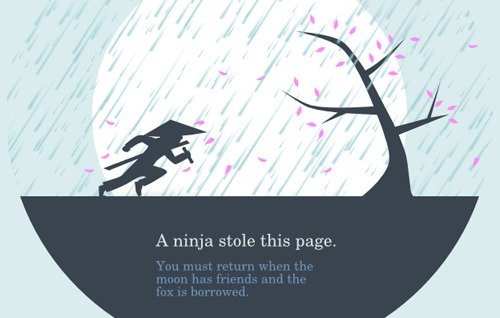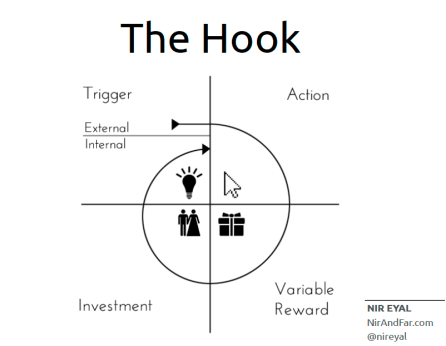We all know the power of storytelling by now, and if you don’t then have a peruse through some of the blogs on the aestranger.com site. But stories are usually long form, what if you simply don’t have the time to establish a basis, characters and a world to explain your concept through a narrative?
Well in comes a more efficient method to save the day: the metaphor.
Obviously, you also think you know all about metaphors too, just like you know about storytelling. But do you really know? Do you really know the strength that a metaphor has when you’re pressed for time, space or resources? Often when we’re trying to explain something quickly, which is frequently the case in today’s society, the best method to fall back onto is to use analogy and especially metaphor. It adds flair to an idea you want to get across, and it does so quickly so that your player keeps moving and get more from your gamified experience.
But to use the metaphor tool effectively, let’s explore what a metaphor is, how it works and why it’s so useful when gamifying an experience.
What is a metaphor
In the spirit of efficiency, let’s go straight to a definition, just like those dictionaries do it:
“a figure of speech in which a word or phrase literally denoting one kind of object or idea is used in place of another to suggest a likeness or analogy between them”
– Source
Well, that was efficient certainly, but it doesn’t really explain what a metaphor is in a way that we would like to use it. First, let’s make sure you understand what shapes a metaphor comes in and what we mean by a metaphor.
Metaphors come in two sizes, the short metaphor, and the extended or sustained metaphor. In both cases, a metaphor is a type of analogy which creates a synthesis of two concepts. In other words, we take a source concept, a target concept, and blend the two together to create a new synthesized concept in your mind. Examples of other analogies and metaphors are allegories in traditional narrative, hyperboles, and parables for those of a more moral disposition.
Next, what do the two metaphor sizes look like? Here are two examples:
A short metaphor: The Big Bang Theory.
That title alone offers enough imagery and recognition for your imagination that nothing else is needed.
An extended metaphor: Shakespeare’s Sonnet 18 of Romeo comparing Juliet to Summer
It is the east, and Juliet is the sun.
Arise, fair sun, and kill the envious moon,
Who is already sick and pale with grief,
That thou her maid art far more fair than she:
Be not her maid, since she is envious;
Her vestal livery is but sick and green
And none but fools do wear it; cast it off.
As you can see with these two examples, what a metaphor essentially has is the power to release imagery and understanding in an extremely effective manner. It is taking abstract ideas, such as the starting sub-atomic explosion of the universe, or that of human love, and placing these ideas in more concrete wording.
Metaphors though aren’t just written, they also appear in visual terms. The first visual metaphor that we ever come across is our dreams. We dream in metaphors, that’s how our brain makes sense of complex experiences and emotions. Our minds are therefore primed from day 1 for visual learning. Take this example of the ninja having stolen a page, instead of the 404-error page.





